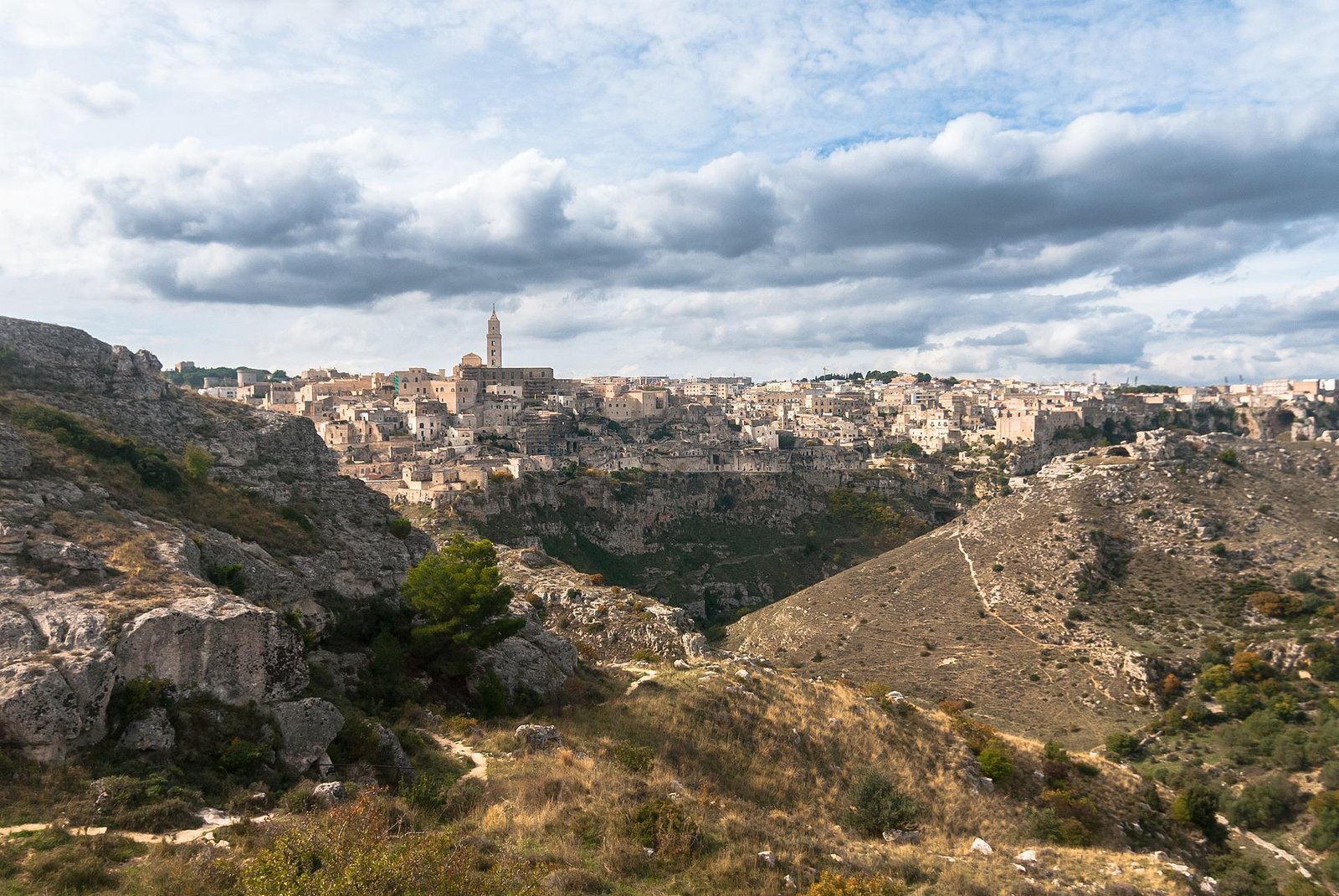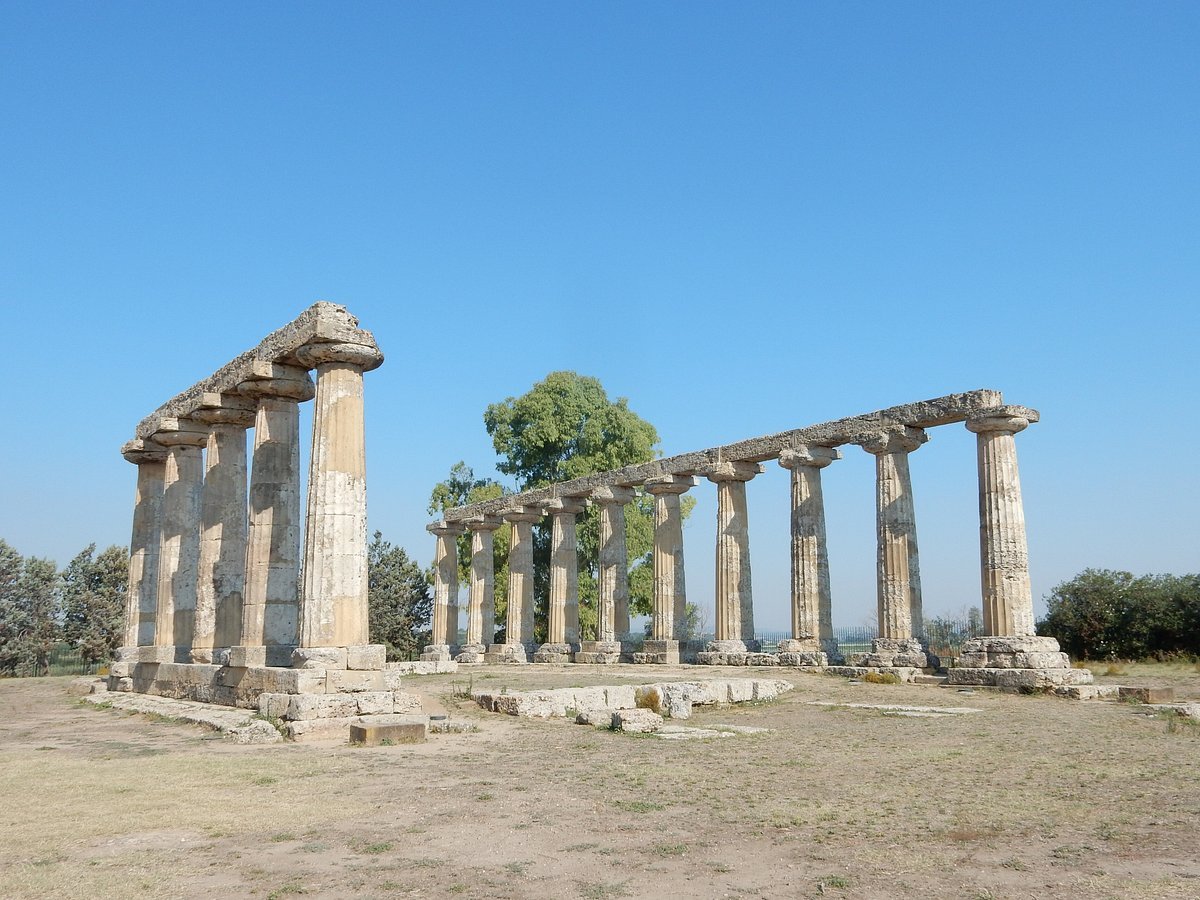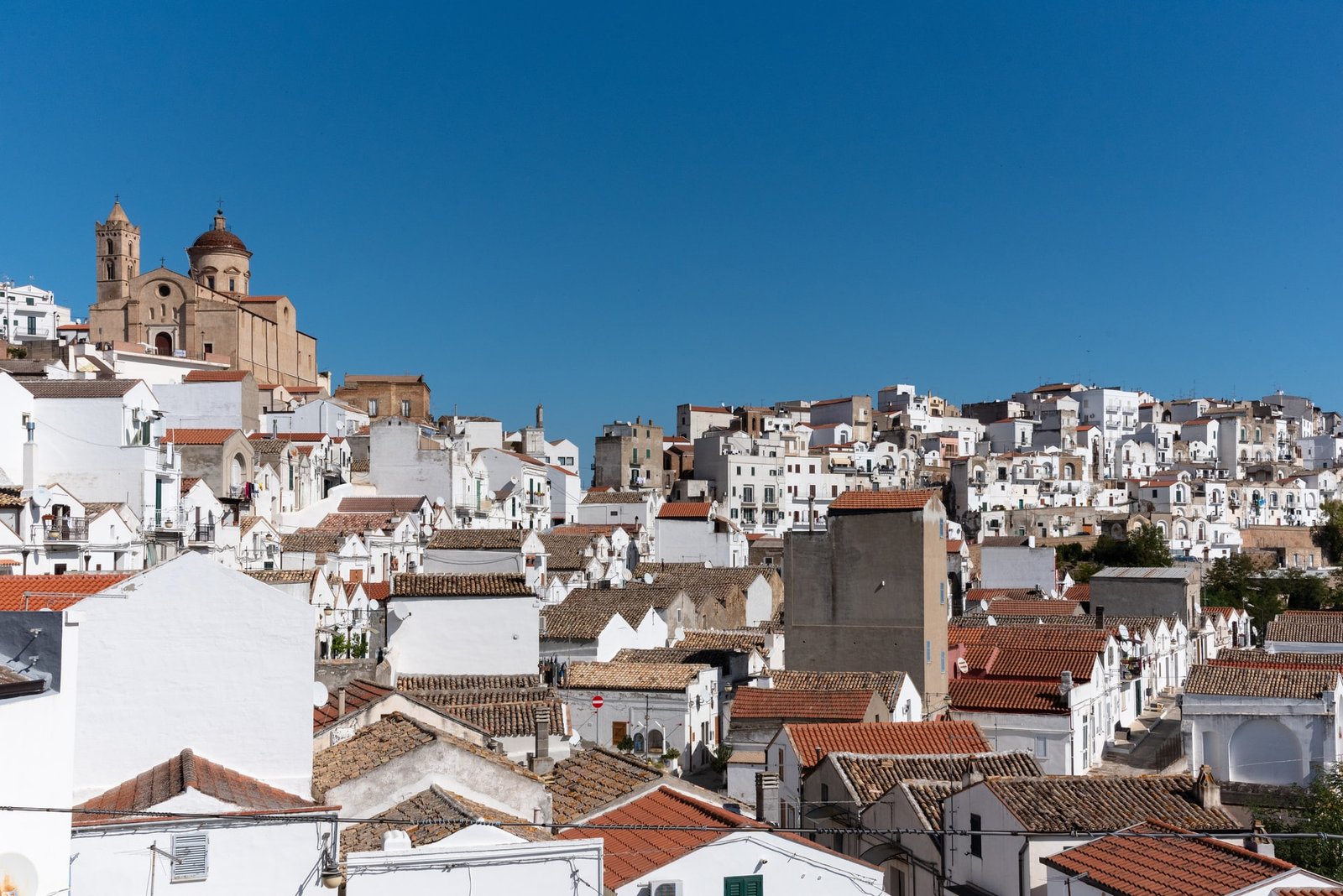The Murgia Materana is a territorial region that more than any other represents the spirit of Basilicata: seemingly harsh, hard, inaccessible, it has instead been the cradle of human life since prehistoric times. Man and land in this place have, for centuries, been one and the same thing, and traditions, customs and devotions blend into the landscape of rocks and Mediterranean scrub, while history never stops flowing, between past and present, connected in an eternal confrontation made up of reminders and suggestions.

The Murgia Materana or Park of the Murgia Materna is a territorial region located in Basilicata on the border with Apulia: the area in Lucania represents a part of the wider Murge, a large plateau between the two regions. The area occupies the eastern end of Basilicata and extends into the province of Matera. It also includes the Gravina materana, a limestone canyon furrowed by the Gravina stream, and the Sassi di Matera, i.e. the two neighbourhoods of the city known as Sasso Caveoso and Sasso Barisano, characterised by the typical settlements carved out of calcarenite, the local stone. The feature that has made the Park of the Murgia Materana a site of world interest is a constellation of about 150 rock-hewn churches that have been built in this area since the Middle Ages, now a protected reserve, whose full name is 'Parco Regionale Archeologico storico-naturale delle Chiese rupestri del Materano' (Regional Archaeological, Historical and Natural Park of the Rock Churches of Matera). The churches, beautiful and iconic in their simplicity, are dug into caves and rock tunnels. With a single nave or three aisles, they sometimes have small domes and, in some cases, are decorated with cycles of wall paintings, some of which are still visible. Their presence is also and above all due to the Benedictine and Byzantine communities that occupied these areas during the early Middle Ages. But it doesn't end there: traces of human presence dating back to the Palaeolithic and Neolithic periods have been found in the area. Caves (such as the famous cave of the bats), remains of villages (near Laterza), necropolis and artefacts of various kinds not only have great historical value, but are evidence of the deep and archaic bond between this place and man. As far as the flora and fauna of the Murge are concerned, the tree species are those typical of the Mediterranean maquis and among the flowers, white and yellow asphodels stand out (according to tradition, they were one of the foods of the Basilian monks), while the cricket hawk is the symbolic animal, which the luckiest of us will be able to see in flight in the skies over the park.
There are so many experiences to be had in Matera and the Murge, and they will all lead you to discover a pure and archaic dimension, where ancient traditions combine with landscapes of extraordinary uniqueness. The ancient origins can be felt in the rock churches, on the green plateau and among the dwellings of the Sassi, which pure and silent are tinged now with white light, now with golden light depending on the time of day or the current season. Visiting Matera and the Murgia means first of all discovering its physical characteristics: the valleys and hills created over the millennia, the limestone sedimentation and erosion phenomena caused by the Gravina Torrent make this area a precious geological testimony, encompassing different eras: it will be suggestive and interesting to linger at the rocks enclosing fossil shells, visible along the chimney. The story continues at the Iron Age necropolises of Muria Timone, Trasanello and Tirlecchia, to arrive at the famous rupestrian churches, churches carved out of the rock, with a single hall or three naves, complete with apses, altars and domes also carved out of the stone of the rock walls into which they are inserted. The churches, evidence of an archaic dimension, cover a period of time from the early Middle Ages to the 19th century and visiting them will be an evocative experience not only for its historical value, but also for its anthropological and spiritual value. Various itineraries are available within the Parco delle Murge and there is the possibility of trekking, biking and bird watching. In the ancient part of Matera (near the Sasso Caveoso and the Sasso Barisano), it will be extremely evocative and poetic to walk along the cobbled streets that turn into stairways, descents, then turn into staircases, small slarghi and end up in the courtyards of dwellings that were once abandoned but are now repopulated. Appreciating the dwellings that almost intertwine and overlap each other, stopping to watch the housewives still making baskets or shelling legumes outside the doorway will take you back in time; visiting the cathedral, the Baroque churches of San Francesco d'Assisi and San Pietro Caveoso, the medieval church of San Giovanni Battista and many others that enrich the urban fabric will fill your eyes with beauty. In summer, the sunlight floods the streets and buildings, while in winter, that of the street lamps transforms the city into a lunar nativity scene.
The typical dishes of the Murgia Materana preserve all the flavours of the Lucanian gastronomic tradition, a cuisine made from ingredients that we would define as poor, simple, but with an intense and authentic taste deeply linked to the land and local resources. Let us begin with bread. The bread of Matera is unmistakable: prepared according to a procedure that has remained unchanged over the centuries, its dough is made from durum wheat semolina and natural yeast and then baked in a wood-fired oven. The result is a loaf that is high and soft on the inside, but crispy and firm on the outside. Excellent eaten fresh out of the oven, it is also very satisfying when stale: the typical 'cialledda materana'. is in fact a dish made of hard bread softened with a dressing of oil, onions, herbs and tomatoes. Also typical of this area are the delicious legume soups. Try the one made with 'cicerchie', an ancient legume similar to broad beans, or the 'crapiata', a mix of wheat, spelt, lentils, chickpeas, beans, broad beans, potatoes and peas. Traditional pasta, in the Murgia of Matera, is homemade: strascinati (similar to cavatelli) are a typical format to be enjoyed with meat sauce or turnip tops; orecchiette, on the other hand, in their Matera version, are prepared by baking them in the oven with a sauce of tomatoes, chopped meat and cheese. One of the most famous second courses, on the other hand, is salt cod, to be eaten with Peperono Cruschi di Senise IGP peppers. In a land with a great tradition of sheep farming and livestock breeding, there is no shortage of meat dishes: a must-try is the chilli sausage, the 'cutturiddi': a stew made with lamb, spring onions, tomatoes, bay leaves and rosemary, and the very old 'pignata', sheep meat with soppressata, potatoes, onion and pecorino cheese. Finally, let's move on to desserts: one of the most famous and popular is the 'torta di ricotta', a shortcrust pastry filled with sheep's ricotta, eggs, sugar and lemon peel, a delicious cream that once baked takes on a compact and fragrant consistency. Then there are the strazzate, prepared especially during the Christmas period: these are biscuits made with almonds, cocoa, cinnamon and cloves with a flavour reminiscent of a bygone era, just like the spumette, soft and fluffy biscuits made with chopped almonds, and the cartellate, crispy fried dough in the shape of a roundel to be eaten with icing sugar or honey.
The events in the Murgia Materana area include festivals, fairs and appointments that take place both within the Murgia Park and in the towns of Matera and Montescaglioso. There are many dates not to be missed and each event is a precious opportunity to get to know this land, still mysterious and placid in some ways, but with a very strong identity and rich in values and treasures to be discovered. One of the most heartfelt festivals in Basilicata is certainly Carnival, and Montescaglioso boasts a long tradition rooted in peasant customs: the ancient local communities, in fact, used to celebrate with animal-skin costumes that then evolved over the years, becoming the hallmark of precise allegorical figures. Also in this municipality, St Joseph is celebrated on 19 March and the Annunziata on the 25th: the two events take place in a similar way and involve lighting bonfires in the streets of the town to the sound of religious and popular songs and music. On 2 July, Matera celebrates the very important feast of the Madonna della Bruna, the town's patron saint: Matera, adorned with sumptuous and colourful illuminations, welcomes the town procession carrying the statue of the Virgin on the triumphal float, which makes the 'three turns' in the cathedral square: the float will be destroyed and the celebration, now saturated with the sacred and the profane, will end with a fireworks display. Also in Matera, a not-to-be-missed event in August is the Sagra della Crapiata (Crapiata Festival): on this occasion, the ancient peasant soup experiences a true moment of celebration and sharing, where gastronomy joins territorial pride. Matera bread is one of the symbolic products of the area and is celebrated in October with the Bread Festival: an event dedicated to the bread-making tradition of Lucania and the tasting of this famous food. In December, on the other hand, the protagonist is the town of Matera with its architecture, its ancient dwellings and its air of a perched nativity scene: for this reason, the town, in addition to hosting markets and stalls with gastronomic and handicraft products, also comes alive with an evocative living nativity scene in which the entire community takes part.



